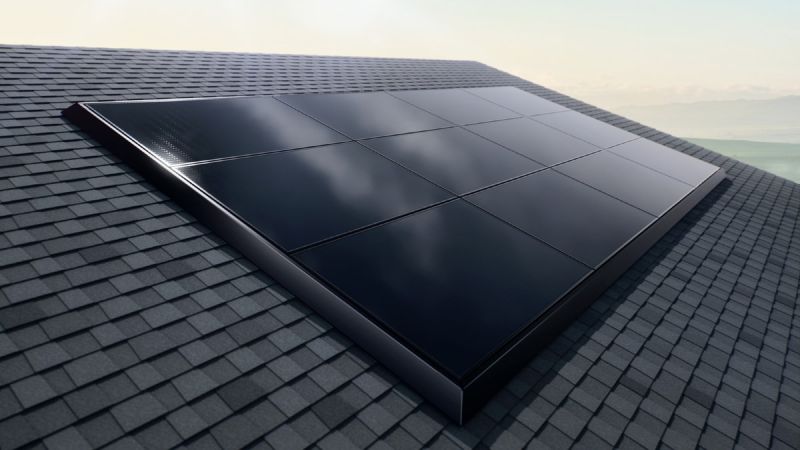Among the benefits: we can get to obtain a reduction of up to 95% in the electricity bill (in many cases, 100%, depending on location, size, etc.), thus avoiding any worry about the future price of energy; in addition to sustainability with a green and clean energy source. If we add to this equation the continuous drop in the prices of photovoltaic panels and attractive lines of financing, the result is an increasingly accessible solution for anybody looking for energy independence.
In this article we gathered the most essential information about the technology for those who are thinking of buying and installing their first solar panel (which applies to Tesla or in fact, to any other brands). The basic 5 things you should know are as follows:
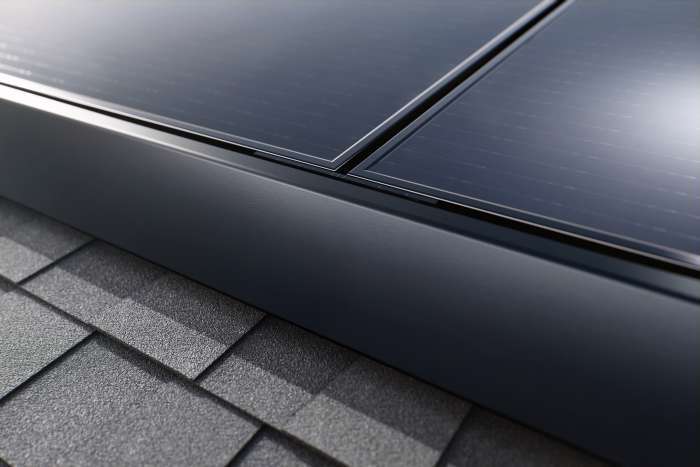
1. How does it work?
Solar panels transform sunlight directly into electrical energy through a process known as photovoltaic effect. This occurs within each of the solar cells that make up a panel, which can have 60 or 72 cells in the models currently sold on the market. During the day, all the sunlight that reaches the solar panels is converted into energy - both direct and diffuse radiation; that is, light reflected by clouds. For this reason, even on cloudy or rainy days, the plates continue to generate energy, although in lesser amounts.
But the solar panel is only one of the pieces of equipment that make up a Tesla photovoltaic system, a technology used in the generation of solar energy in homes and businesses. A photovoltaic system uses a set of equipment, which we call a solar kit. Once produced, the energy from the plates must go through another important piece of equipment in the system: a solar inverter. The role of the inverter is to adapt the power of the plates to the standard used by the electrical network and electronic equipment. After being converted from DC to AC, the energy can now be distributed.
2. Installation.
In order for the solar panel to capture as much sunlight as possible, it must be installed in a suitable place, which is usually the roof of buildings. Another factor related to the amount of light reaching the solar panel is the direction and slope of the roof. The ideal direction for solar installations in all countries of the southern hemisphere is facing north, being the opposite in countries of the northern hemisphere. The ideal roof pitch angle should be the same (or lower) as the latitude where the property is located.
Thus, when necessary, the correction of the direction and angle of the solar panel is done through supporting structures. Similarly, if the roof is not suitable, supporting structures are used to install the panels directly on the ground.
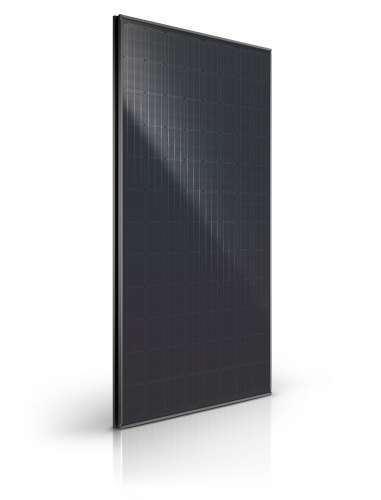
3.Durability.
Even if exposed to the natural elements (rain, hail, dust, etc.) on the roof, a regular solar panel has a standard lifespan of at least 25 years. Everything will depend on the quality of the panels. The loss of efficiency in the conversion of light into energy is minimal and the main manufacturers guarantee 80% of the generation at the end of this 25 year period.
In other words, a module up to the 25th year of its life will generate at least 80% of the amount of energy it generated at the beginning. The photovoltaic inverter, which is the other very important piece of equipment in the system, has a minimum useful life of 15 years. If it gets the necessary maintenance regularly, it can last even more.
4. Maintenance.
But maintenance is not too frequent. Despite working long hours every day, photovoltaic systems require very little maintenance. The main task, which you can normally do yourself, is cleaning the solar modules. But this is only in case they are very dirty, which is not so frequent, since they have a non-stick film that prevents the accumulation of dirt. In the case of dust, rainwater takes it away.
However, in the case of contamination or bird droppings, cleaning is still easy and only requires a jet of water and a soft bristle broom. In addition, electrical maintenance of the system is also required, but much less frequently. Once a year is enough to ensure the optimization of the system generation.
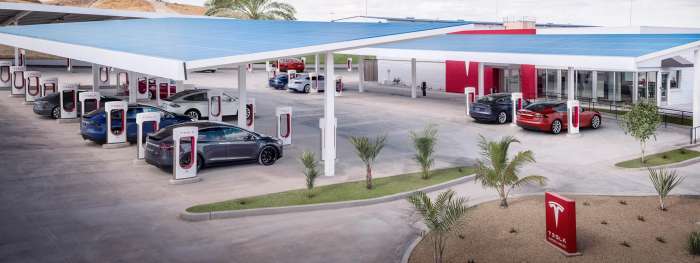
5. How to buy.
The easiest and safest way to buy a solar panel, in general, is through a solar energy company. By choosing this path, all the steps, processes and documentation necessary for the installation of your project are under the responsibility of the company. As for Tesla, there are some other things to take into account, like customization (as part of the Tesla solar panel installation process, homeowners submit photos of their equipment and available spaces rather than having a team inspect these areas). This way, the total costs can be lowered significantly. Also, the exact nature of the installation chosen for your home will be customized based on your roof, your energy needs, your geography, your budget and much more.
Budget.
Given the particular characteristics of your project, the company must carry out the sizing of the system and prepare a commercial proposal. In addition to the final price of the system, the proposal also includes the models and brands of the equipment to be installed and the forms of payment and financing available. In the case of Tesla, the cost of solar panels, as I said before, depends on a number of factors, such as size, complexity of the installation, local tax incentives available, etc. However, with all these considerations in mind, Tesla tries to ensure that it can offer a lower cost through its price-match guarantee. The way this program works: owners can submit a recent quote (within 14 days of ordering) from a competitor for a similar solar system, and Tesla will match the price.
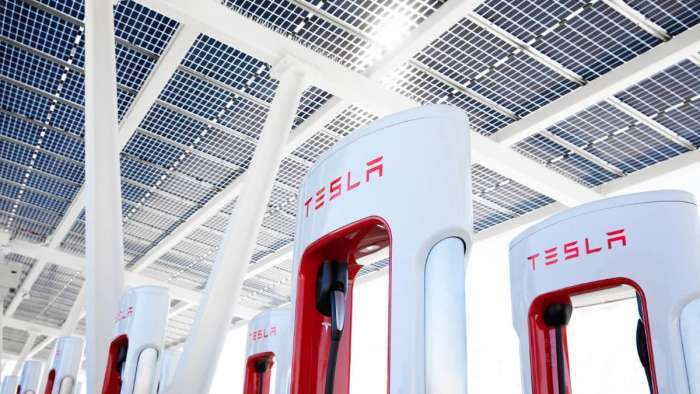
Technical Visit.
Once the proposal is closed, the company's technical team makes a visit to your home to collect the necessary information for the project and the installation of your system.
Project.
Based on the information collected, the engineering team performs the executive design of your system using specific software that ensures maximum optimization of the system. This project is also sent to the distributor in your region to formalize the request for connection to the electricity grid.
Installation.
It is the fastest part of the whole process - between 3 and 4 days for a small home installation, when the team of installers goes to your house to execute the project. At this time, all equipment is installed, connected and tested, ensuring that the system is in perfect working order.
Connection.
After installation, a visit from the distributor's technical team will arrive for the final inspection of the project. At the end of the inspection, if everything is correct, the connection of the system with the network ends. Now you can enjoy Tesla Solar, clean and affordable green energy in your home.
All images courtesy of Tesla Inc.
Nico Caballero is the VP of Finance of Cogency Power, specializing in solar energy. He also holds a Diploma in Electric Cars from Delft University of Technology in the Netherlands, and enjoys doing research about Tesla and EV batteries. He can be reached at @NicoTorqueNews on Twitter. Nico covers Tesla and electric vehicle latest happenings at Torque News.


